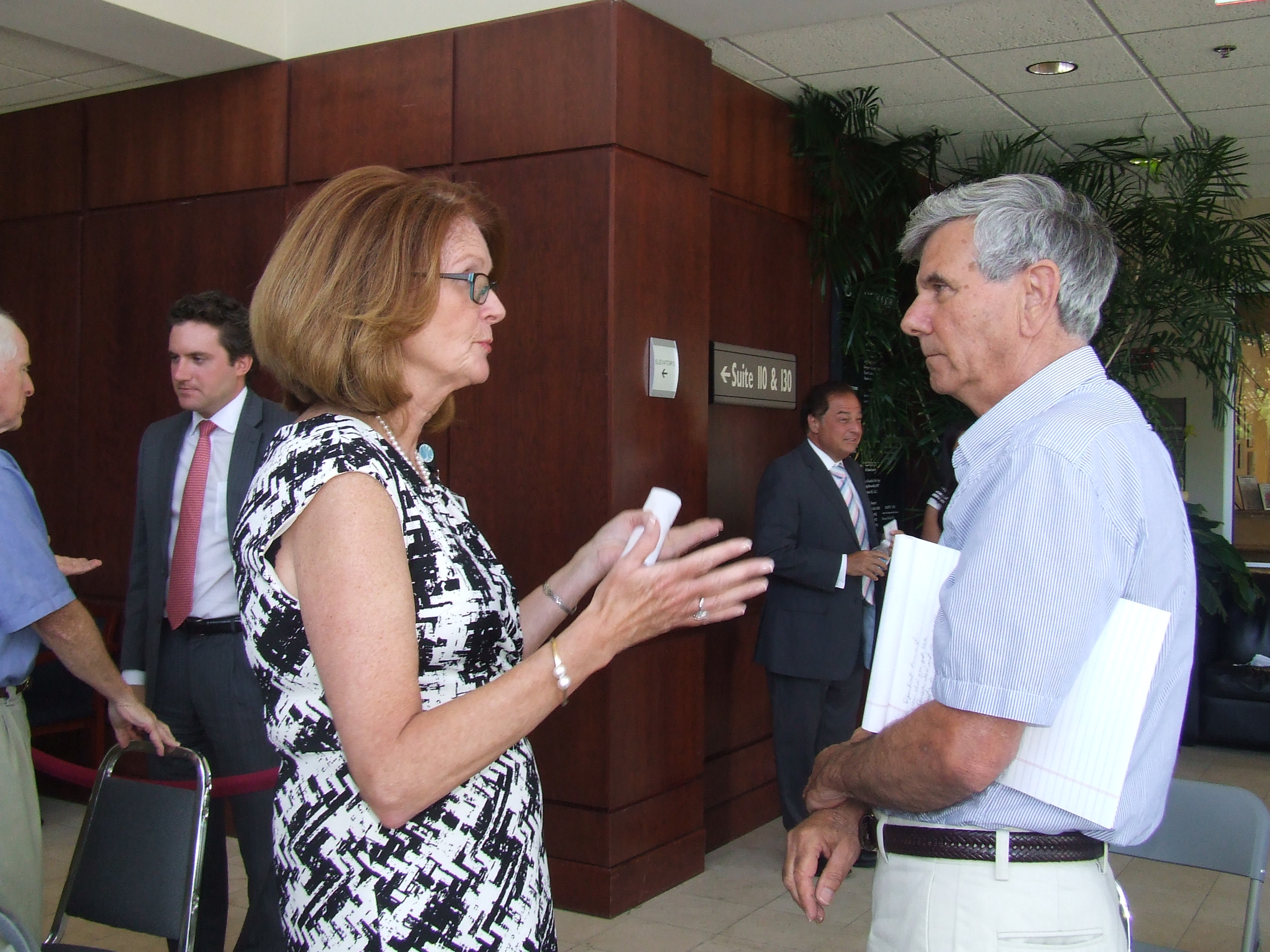
The decision to close the Cornwall Emergency Department surprised the area’s elected officials.
They had hoped to have input before the hospital reached a decision. At a Friday morning meeting in the Medical Arts Building on the Cornwall Campus, they reacted to the lack of notification.
“You kept us in the dark. There was no flow of communication coming out of the hospital,” Cornwall Supervisor Richard Randazzo said. “You have a lot of disappointed residents in your service area.”
Mayor Brendan Coyne of Cornwall-on-Hudson referred to the dialogue three years ago when the hospital wanted to make the ED a part-time facility. “The one major lesson,” he recalled, “was Public Relations. We kept saying ‘tell us what you’re doing.'”
The hospital will do that at a Monday night Town Hall meeting at Anthony’s Pier 9. They’ll unveil their plans and answer questions at a session that is due to start at 6 p.m. But Mayor Coyne said that’s too late. He and the other officials should have been consulted long in advance.
The closing of the ED is part of a five-year sustainability plan that the State Department of Health approved on June 5. The hospital will get $14 million from the state between now and next spring, and is due to receive another $39 million over a five-year period if it continues to adhere to its proposal.
That’s important because SLCH (like many hospitals) has a serious cash flow problem. CFO Ted Gibney said the hospital has lost $65 million since 2007, and was in danger of running out of funds next year.
Assemblyman James Skoufis did not believe that the ED decision was linked to the hospital’s financial status. “We would be having this conversation,” he said, “even if you were breaking even.”
Interim hospital president and CEO Joan Cusack-McGuirk didn’t disagree, but she said it was redundant to have two emergency departments 5.2 miles apart.
Kevin Hines, Chris Eachus and other county legislators were concerned about the Oct. 1 closure date, because the Cornwall ED is an integral part of the county’s Emergency Response plan. It’s unlikely that the plan can be fully updated in just two months.


